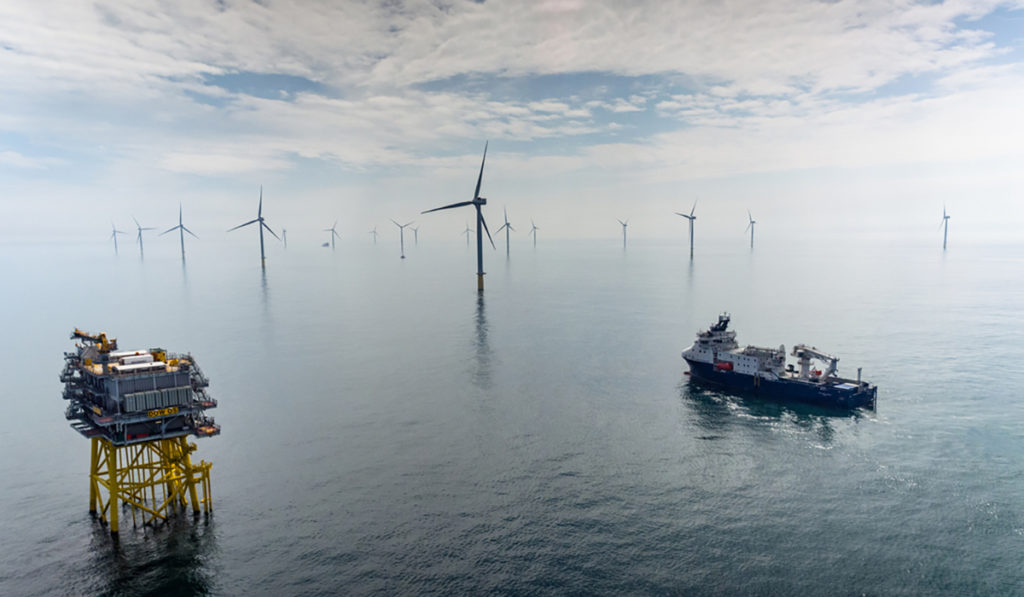
Equinor (OSLO:EQNR) has lodged planning applications to expand its wind farms off the coast of Norfolk, in plans that would new capacity to the Sheringham Shoal and Dudgeon schemes.
Sheringham Shoal was fully commissioned in 2012 and has an installed capability of 317MW across 88 turbines, while Dudgeon, completed in late 2017, has an installed capacity of 402MW across 67 turbines.
Under new plans, Equinor would add a combined 719MW of new capacity across the two sites, which would share common transmission infrastructure. The new turbines would be connected to the National Grid network at the Norwich Main substation in South Norfolk.
The Norwegian energy giant confirmed on 3 September that it had submitted a development consent order (DCO) for the plans, comprising of a detailed description of the projects together with environmental assessments, and other supporting documents related to both the offshore wind farms and the associated transmission system.
Current lease agreements for the projects provide separate rights for each offshore wind farm to develop its own extension.
Equinor said it had held “extensive consultations” with local communities and therefore sought to develop both projects together to minimise disruption, though its plans also include options for separate grid connections.
Dudgeon is owned by Equinor, Masdar and China Resources, whilst Sheringham Shoal Offshore Wind Farm is owned by Equinor, Equitix Offshore 5 (co-owned by Equitix and the Renewable Investment Group TRIG) and a fund managed by Macquarie Asset Management.
Both extensions were recently confirmed by the UK Energy Minister as ‘Pathfinder’ projects, under Ofgem’s on-going Offshore Transmission Network Review (OTNR), aimed at providing better long-planning for offshore transmission.
Commenting on the DCO submission, Equinor project director Kari-Hege Mørk said: “Our work on these two projects started over 3 years ago, so today is, of course, a significant milestone in the continuing development of SEP and DEP. However, it is also a milestone for the offshore wind industry, as it is the first time two offshore wind farms in the UK are being proposed with an integrated transmission system, including a single point of connection to shore.”
Renewable UK CEO Dan McGrail also noted that as the first Pathfinder project, these extensions are “an important step in upgrading the grid” to bringing in more “cheap renewable power.”
The Planning Inspectorate now has 28 days to decide whether the DCO application is sufficient to be accepted for examination.
If accepted, it will then launch a statutory consultation which provides stakeholders, including members of Norfolk’s coastal and inland communities, the opportunity to formally review and comment on Equinor’s plans in the accepted application.
Recommended for you
